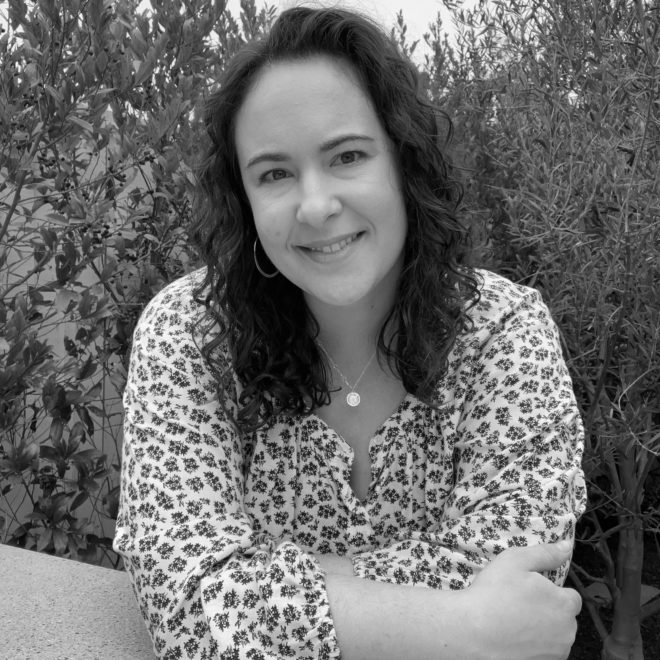Explaining the research: What does it take to cure diabetes?
Written by: Julia Sclafani
7 minute read
July 28, 2022
People with type 1 diabetes have heard that a cure is five to ten years away for many years. This moving target and lack of clarity about what is happening behind the scenes has left many people in our community feeling frustrated.
Scientific understanding of type 1 diabetes has progressed by leaps and bounds in recent decades, turning what once seemed impossible because it had never been done—curing an autoimmune disease—into a possibility. The next steps include turning accumulated knowledge into practical solutions. And potential solutions are being tested in people right now.
Breakthrough T1D (formerly JDRF) is the world’s leading organization funding type 1 diabetes research. While much of its work involves accelerating better treatments and potentially delaying or preventing the onset of type 1 diabetes, the majority of its focus and research dollars are on potential cures for type 1 diabetes, with the goal of ending the disease altogether. Breakthrough T1D Chief Scientific Officer Sanjoy Dutta explains the current state of diabetes cure research and how we got here.
Here are some significant advances in our understanding of type 1 diabetes over the past 30 years:
- It’s not just a disease that begins in childhood (the old name ‘juvenile diabetes’ is a misnomer). Half of people newly diagnosed are adults.
- If you have a close family member with type 1 diabetes, you are 15 times more likely to develop it. However, 85% of newly diagnosed people have no known family history of type 1 diabetes.
- Type 1 diabetes is more common in certain ethnic groups.
- There are more than 50 genes known to have some impact on type 1 diabetes.
DIABETES IS COMPLEX
There is no known single cause for type 1 diabetes, leaving many questions about how to best treat, cure or even prevent it.
Sanjoy explained that researchers are looking at non-genetic factors that may contribute to type 1 diabetes, such as environmental triggers, viruses and even gut microbiota.
It is difficult to study these factors because type 1 diabetes is usually not diagnosed until a person’s body stops producing insulin or significantly reduces its production, although the disease begins long before insulin production stops.
“This often makes type 1 diabetes a very difficult disease to study,” Sanjoy said. “It is asymptomatic and precipitates in people without much warning.”
Type 1 diabetes screening tests are available and can identify the early stages before it becomes symptomatic. However, infant screening is not yet standard clinical practice.
Early detection and monitoring would help researchers study the progression of the disease before a person shows the warning signs of type 1 diabetes—constant thirst, frequently needing to pee, feeling exhausted all the time, and losing weight without knowing why.
EXPANDING OUR UNDERSTANDING OF TYPE 1 DIABETES AND CURES
Despite this, scientific understanding of type 1 diabetes has significantly advanced. This shift in understanding of diabetes has changed the way the scientific community approaches type 1 diabetes research.
This understanding “has led us to focus on different pathways to cure the disease. That is why we often refer to them as cures (plural) because we do not believe that one is suitable for everyone.”
Some researchers even suggest that what is known as type 1 diabetes may be several different diseases with similar and overlapping symptoms, Sanjoy said. Just as we once thought that type 1 diabetes only developed in children, our current understanding of diabetes may also continue to evolve.
“No two people with type 1 diabetes are the same. Sometimes even two siblings present very, very differently with type 1 diabetes,” Sanjoy said. “This heterogeneity [i.e., diversity with how it shows up] of type 1 diabetes has made it very difficult to target it with a therapy that works for everyone.”
TWO MAIN AREAS OF FOCUS IN DIABETES RESEARCH
One of the exciting areas of cure research that Breakthrough T1D supports is cell replacement therapy , such as treatments developed by ViaCyte and Vertex Pharmaceuticals that are currently in clinical trials.
“Instead of trying to solve the immune problem and regenerate beta cells in the body , we make the cells outside the body and try to implant them.”
Beta cell replacement therapy aims to replace cells that have stopped producing insulin in people with type 1 diabetes. While this therapy does not restart the body’s ability to produce insulin using its own cells, it does allow insulin to be produced in the body using the transplanted cells. This is known as a functional cure.
Research into stem cell-derived cell replacement therapy has come a long way over the past 20 years.
“We know how to make beta cells outside the body and we can make them in billions of quantities for many people with type 1 diabetes… islet transplantation and cadaveric pancreas transplantation have taught us that we can cure the disease through transplantation.”
Currently, cell replacement therapy requires immunosuppression (medications that prevent the body’s immune system from attacking the transplanted cells), but research is underway to develop cell replacement therapies that work without the need for immunosuppression.
Another area of focus for Breakthrough T1D is the underlying pathology of type 1 diabetes, which means learning to identify and address its causes. This could mean stopping, delaying or reversing the causes of type 1 diabetes.
“It’s a two-pronged approach: restoring immune balance and regenerating beta cells,” Sanjoy said.
These treatments are called disease-modifying therapies. One drug, teplizumab a.k.a. Tzield, has been shown to delay the onset of type 1 diabetes in people who have antibody markers for the disease.
CLINICAL TRIALS TAKE A LONG TIME
Numerous beta cell replacement therapies have reached the clinical trial phase. But trials of these treatments take a long time.
“It takes six to 12 months of treatment with a drug to see a small change in beta cell production, if the drug works at all.
“There are many diseases where you can do a clinical trial and you can get a reading in 30 or 60 days. You can act faster and you also have a lot of options,” Sanjoy said.
Clinical trials for experimental treatments for type 1 diabetes don’t work that way. This long, and sometimes frustrating, process is the subject of the documentary, “ The Human Trial”
MONEY FUELS RESEARCH
On average, it takes 15 years and $1.5 billion to $3 billion to develop a drug and make it available to consumers, and that’s for a “normal drug,” Sanjoy said.
“Research may seem incremental because it is slow in drug development.”
About 85 to 99% of experimental treatments fail, meaning that less than one in ten ideas will be effective.
“So this will take time, it will require significant resources, it will require a lot of clinical trials, a lot of human involvement. These are the challenges of drug development.”
Breakthrough T1D has established an innovative venture philanthropy fund, the T1D Fund, aimed at accelerating type 1 diabetes research, with a primary focus on type 1 diabetes cures. The goal is to accelerate diabetes research and scientific advancements.
LOOKING TO THE FUTURE OF CURE RESEARCH
Sanjoy acknowledges that the lack of progress can be frustrating.
“Are people with diabetes where they would like to be? Definitely not. They want to put down their devices. They want to put down the carbohydrate counting. They want to be free of insulin. And we are not there yet.”
Taking a long-term view, Sanjoy keeps perspective on where progress has been made and where things are headed.
Diabetes care and technology are advancing rapidly. Automated insulin delivery systems and continuous glucose monitoring have changed the daily lives of many people with type 1 diabetes, although more people need access to them.. Hyperglycemia and diabetes-related complication rates have declined, Sanjoy notes.
“People are now becoming pilots, swimmers, athletes, truck drivers and other things that they couldn’t even dream of 10 or 15 years ago. So, that gives me hope,” Sanjoy said.
Sanjoy is confident that scientific understanding of diabetes will continue to accelerate and that there is reason to be hopeful about new advances and discoveries in the science and treatment of type 1 diabetes.
“It will seem incremental, but we only have to turn once, and I think… the floodgates will open because we prove to ourselves that we can do it.”
This interview was created in partnership with Breakthrough T1D (formerly JDRF).
Related Resources

The holiday season is filled with celebrations, family gatherings, and plenty of holiday foods. No...
Read more

Managing diabetes is a complex and often overwhelming journey—even nine years after my daughter's diagnosis....
Read more

The holiday season is all about celebration, family, and joy—with a little chaos sprinkled in...
Read more


